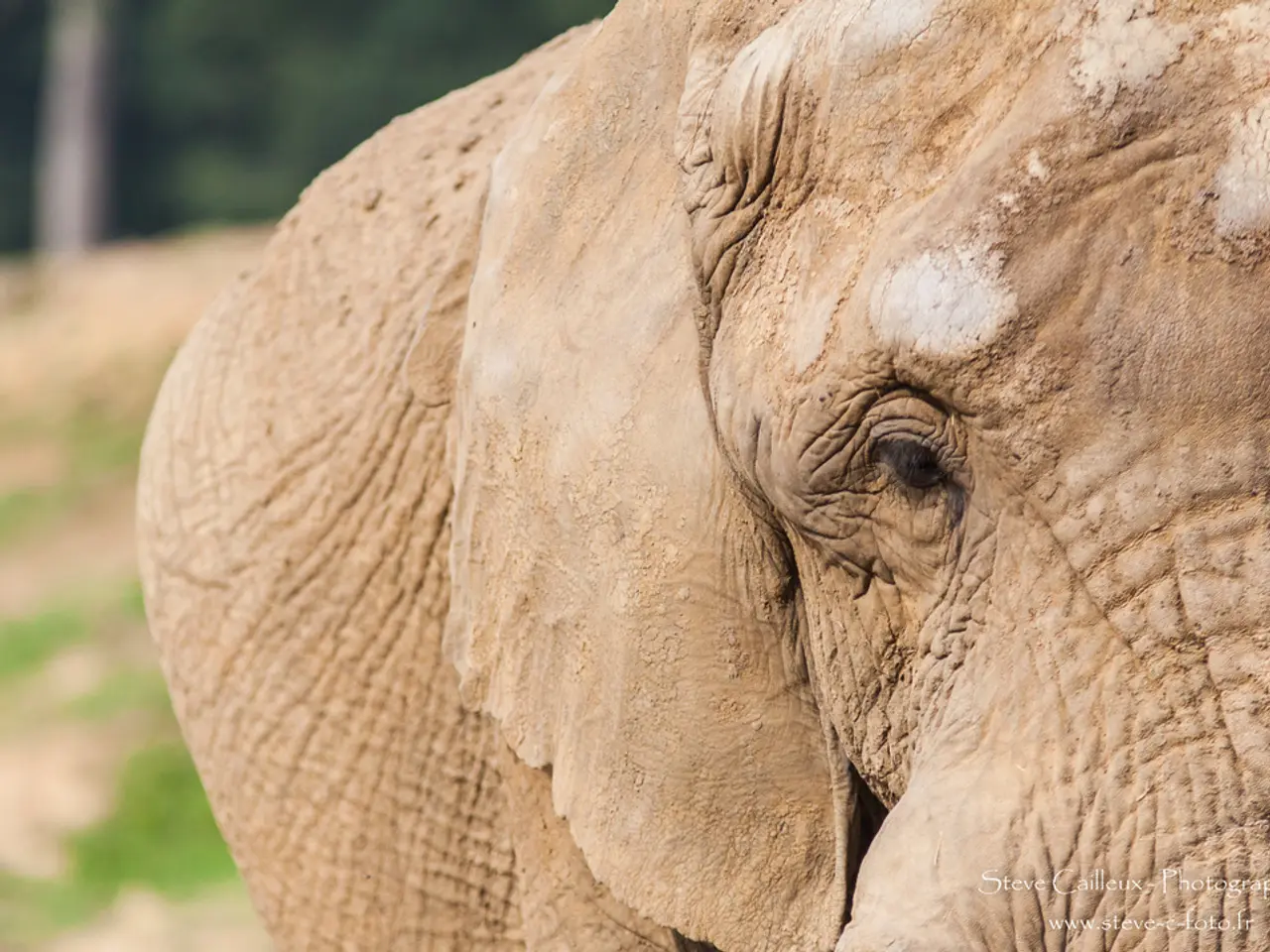Ancient Human Practices of Elephant Slaughter in Tanzania Trace Back to 1.78 Million Years
In a groundbreaking discovery, a team of archaeologists led by Professor Manuel Domínguez-Rodrigo of Rice University has unearthed the earliest known elephant butchery site in Olduvai Gorge, Tanzania. The site, dating back approximately 1.78 million years, provides valuable insights into the behavioural shifts and cognitive evolution of early humans.
The butchery site contains remnants of a giant proboscidean, with 46 sections of an elephant carcass and 80 stone tools, likely used to process the massive animal. The discovery demonstrates that large-scale consumption of megafauna began to appear in the archaeological record around this time.
Professor Domínguez-Rodrigo suggests that the larger group sizes observed at this time could potentially indicate a greater need for food or calories, which might have led ancient hominins to get involved with megafauna. Indeed, the size of hominin occupation sites becomes much larger around 1.78 million years ago, indicating that group sizes were larger than what is documented in other hunter-gatherers.
This behavioural shift towards the consumption of elephant meat is connected to the spread of the Acheulian technology, changes in social structure leading to larger groups, or both. The emergence of the Acheulian technological industry coincides almost exactly with the spread of elephant butchery, suggesting a strong link between the two.
However, the study authors refrain from identifying a particular human species responsible for this behavioural shift. Homo erectus, which was present around two million years ago, is one candidate for the role of the original elephant butcher, but further research is needed to confirm this theory.
The discovery at Olduvai Gorge is significant as it represents a critical point in time for the emergence of megafauna consumption. The team surveyed all other known hominin sites across Olduvai Gorge and found that this was a unique period in the archaeological record.
A preprint of the study can be found on bioRxiv, providing a valuable resource for further research into the cognitive evolution of early humans and their interactions with megafauna. The findings from this study will undoubtedly contribute to our understanding of the complex interplay between human behaviour, technology, and the environment during the formative stages of human evolution.
Read also:
- Understanding Hemorrhagic Gastroenteritis: Key Facts
- Stopping Osteoporosis Treatment: Timeline Considerations
- Tobacco industry's suggested changes on a legislative modification are disregarded by health journalists
- Expanded Community Health Involvement by CK Birla Hospitals, Jaipur, Maintained Through Consistent Outreach Programs Across Rajasthan








